"Uh, what is that!?" my friend asked, pointing at a patch of brown spots on my upper lip.
I told her the spot cluster was actually a skin condition called melasma. And getting rid of it isn't always easy.
What Is Melasma?
Melasma is a skin condition that looks like gray-brown patches. Anyone can get it, according to Dr. Jennifer Lin, a dermatologist at Brigham and Women's Hospital in Boston, although it is more common in pregnant women.
"Melasma used to be called 'the mask of pregnancy' but we see it now in the setting of hormone replacement and oral contraceptives," Lin said.
The discoloration often shows up on the face but can appear anywhere on the body: arms, neck, torso. Though the spots aren’t usually harmful, they made me self-conscious.
Preventing Melasma
The biggest tip when it comes to melasma is to use sunscreen daily as a preventative measure. La Roche-Posay's Anthelios 60 sunscreen is a good choice, according to Consumer Reports.
La Roche-Posay Anthelios 60 Sunscreen, $36, Amazon
"Patients also have to learn to be extra careful with sun protection. Wear a hat and use sunscreen that blocks against both UVA as well as UVB," Lin said.
I took Lin's advice and now wear tons of it. But I also took some other dermatologist-recommended measures to get rid of the melasma I already had.
How to get rid of melasma
"Melasma is tricky because although we are pretty good at lightening up the skin, the pigment will always return when the skin comes into contact with the sun," Lin said.
While it may be a challenge, there are treatment options. Lin said a common approach may include a combination of peels, laser therapy, sun protection and topical bleaching agents. Although, everyone is different, and results vary. Plus, melasma can return.
"The patient does have to remember that the pigment can come back," Lin said.
Trying a peel
My "melasma mustache" was embarrassing, and I wanted it gone (even, temporarily). While a dab of makeup could certainly help mask it, I turned to my aesthetician at Facial Aesthetics Center of Rhode Island for treatment options.
Since I was also covered in freckles, she suggested trying the Advanced Corrective Peel by SkinCeuticals, which typically costs around $100 and up. The strong, clinical-grade acid peel brings dark spots to the surface and peels away a layer of skin. Yes, it sounds gross and painful. But I was desperate and made an appointment.
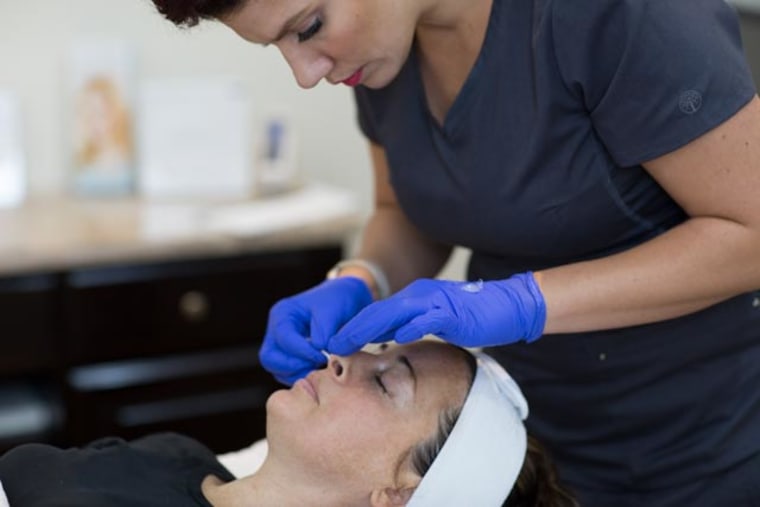
First, my aesthetician used a gauze pad to start putting the acid solution on my entire face. Oh, did it sting! My face turned bright red, and I felt a burning sensation for about 30 minutes. But I knew it was all part of the process.
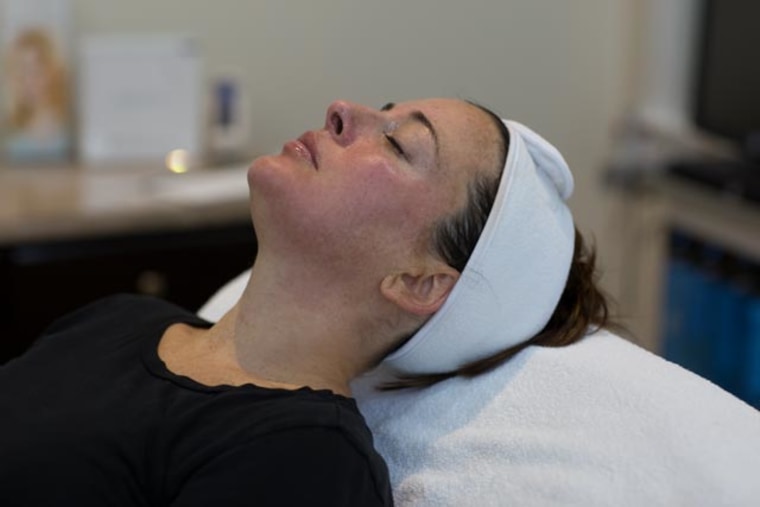
Over the next few days, the spots on my upper lip got darker (that's normal), and my skin slowly started to peel all over my face. I promise I didn't leave the house looking like this! I was just waiting for the shedding to stop.
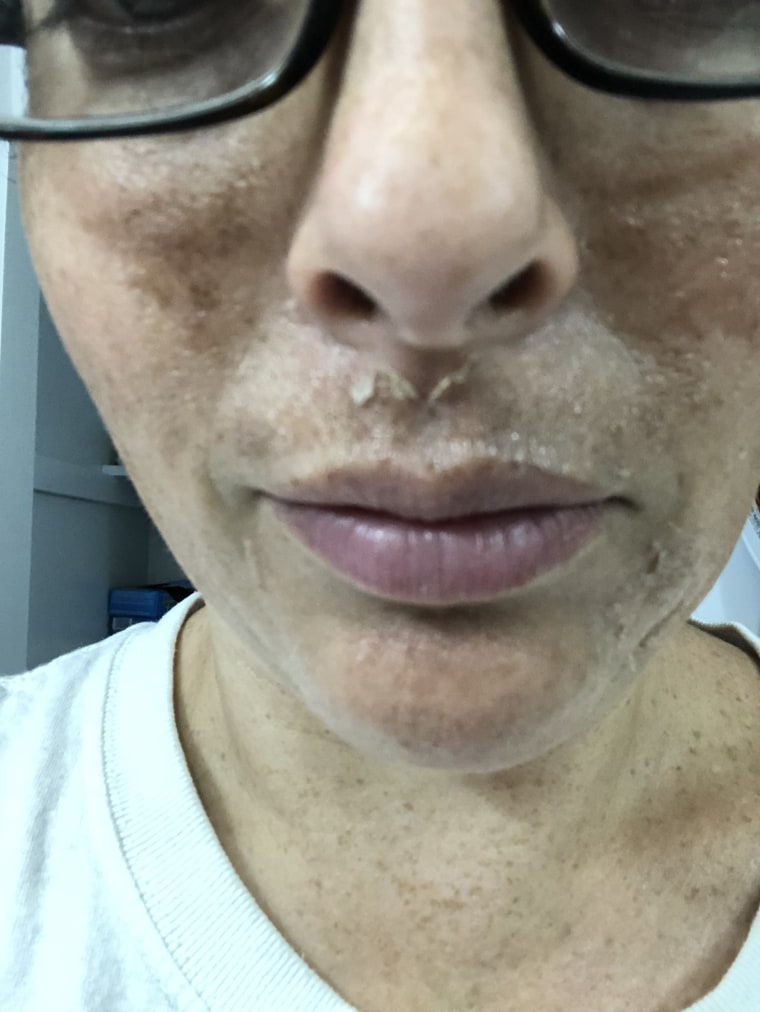
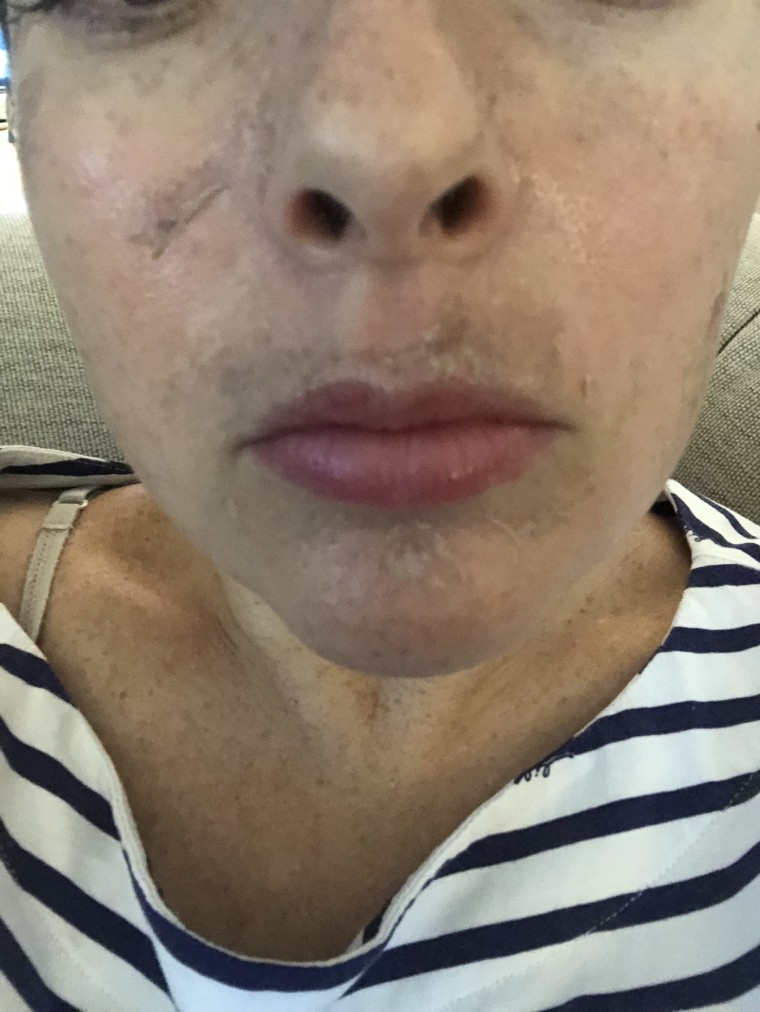
By day five, the shedding stopped and my new skin emerged.
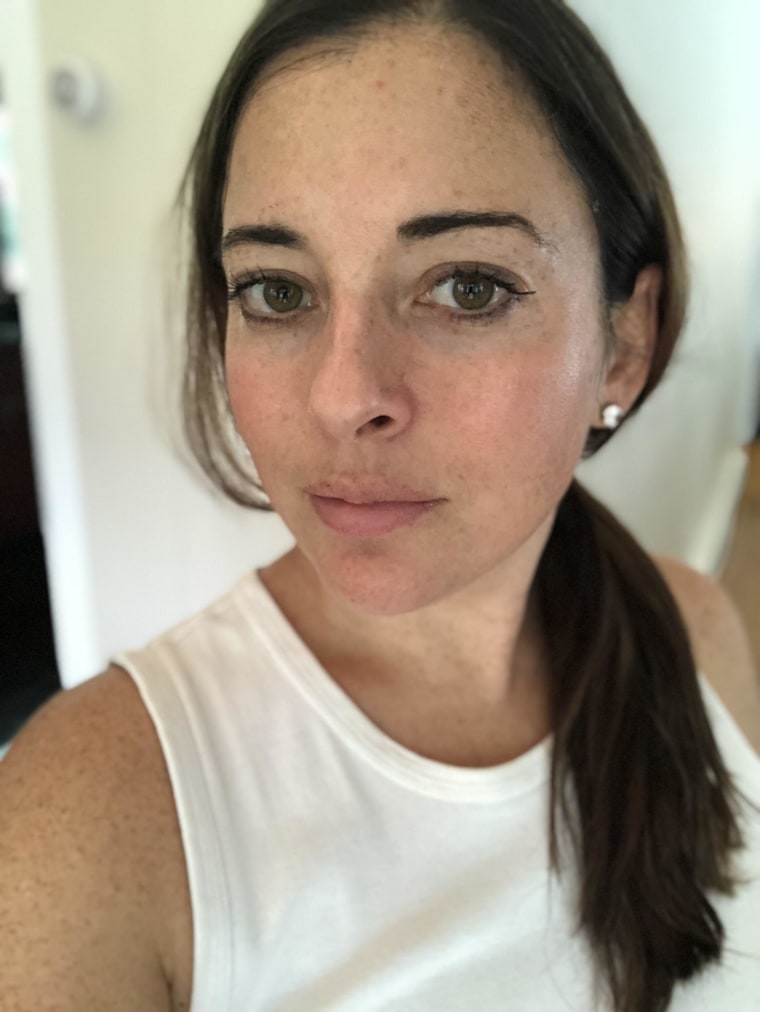
My upper-lip spots were noticeably lighter, although not completed gone. So immediately, I sent a selfie to my friend, as proof my sun mustache was (almost) history! Overall, my skin looked great.
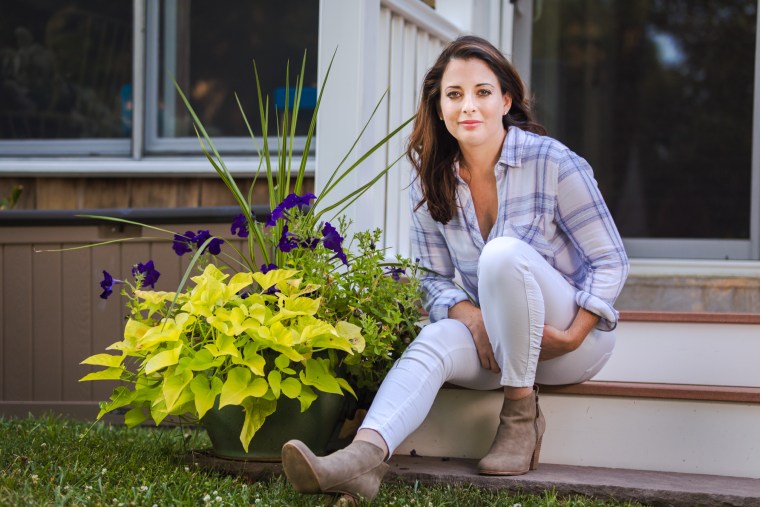
At-home treatments for skin discoloration
While an in-office peel or laser treatment can help keep melasma at bay, there are also prescription creams and at-home skin care products your dermatologist can recommend. Look for products with these spot-fighting ingredients:
- Hydroquinone (some studies have raised questions over its safety, although the FDA says it's safe)
Kojic acid
Vitamin C
Licorice extract
Always ask your dermatologist for specific recommendations for you.
As for my new skin care routine, here are some products on my radar:
SkinCeuticals Discoloration Defense, $98, Dermstore
I started using this brightening serum soon after the peel. It's meant to reduce the appearance of dark spots, and it's hydroquinone-free. Ingredients include kojic acid, tranexamic acid and vitamin B3.
Burt's Bees Brightening Skin Perfecting Serum, $9, Amazon
Burt's Bees serum is infused with daisy extract and aims to create a more even skin tone.
Neutrogena Rapid Tone Repair, $16 (usually $20), Amazon
This daily moisturizer features dark spot-repellents like retinol, vitamin C, hyaluronic acid and SPF 30 sunscreen.
Peter Thomas Roth Potent-C Targeted Skin Brightener, $58, Dermstore
This corrector aims to treat stubborn dark spots. It's packed with vitamin C to brighten skin and stimulate collagen while gwennis is meant to lessen the look of discoloration, according to the brand.
Dr. Dennis Gross Skincare Dark Spot Sun Defense SPF 50 Sunscreen, $42, Sephora
This is a powerful sunscreen that contains no chemical filters and is the highest FDA-allowed level of sun protection available.
DERMAdoctor Photodynamic Therapy Age Spot Eraser, $60, Sephora
This creamy facial lotion with licorice extracts is meant to improve visible signs of aging and brighten skin, according to the brand. It's also meant for all skin types.
The Brillance Brightening Mask by LaMer, $250, Nordstrom
For a skin care splurge, this two-step mask is on my wish list. It promises to instantly brighten and soften skin. Discoloration diminishes.